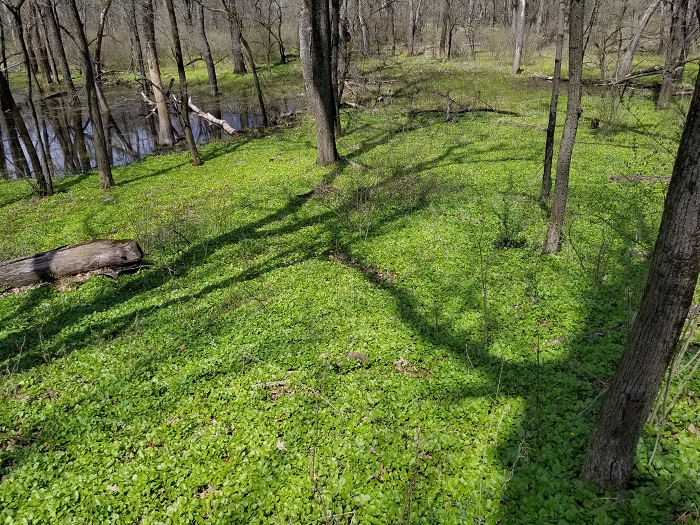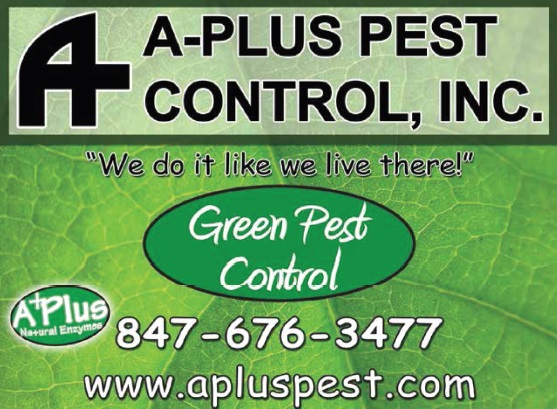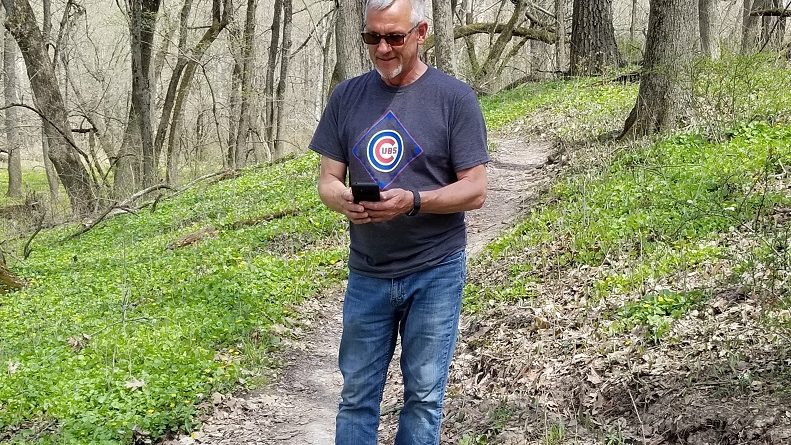Garden Chemicals 101 on the Radio
Podcast: Play in new window | Download (Duration: 1:44:25 — 48.8MB)
Subscribe: Apple Podcasts | Spotify | Android | iHeartRadio | Podchaser | Email | TuneIn | RSS | More
(May 26, 2019) Gardeners are constantly bombarded with advertisements to buy yard chemicals. You’re told you’re a loser if you let a dandelion grow through a crack in your sidewalk. Unfortunately, many homeowners have only the vaguest ideas about what they’re using. Today, we feature a segment that we call Garden Chemicals 101. We’ll talk about what’s safe, what’s not, and whether or not you need to use these products.
Our instructor is an old friend of the show, David J. Zaber, PhD, an award-winning resource ecologist and science educator. He has experience in freshwater ecology and natural resource management, environmental and human health risk assessment, and pesticide and hazardous substance toxicology, to name a few areas.

This came about when Zaber asked me to visit him on the south side of Chicago a few weeks ago. He took me on a tour of various natural areas, mainly in the Forest Preserve District of Cook County. Unlike the well-developed north side, this part of the Chicago area is practically bursting with untapped potential. You can walk a forest preserve where ecological practices allow native spring ephemerals to re-colonize the land. But if you cross the street, the land is in the strangle-hold of lesser celendine plants.
Zaber recently moved to the area from Wisconsin, and he quickly made his mark. Suburban Glenwood officials had been working with a company called Oak Meadow Energy to a gas-fueld power plant on a 30-acre site in the area.
Oak Meadow, a subsidiary of Advanced Power, says construction will generate hundreds of jobs, and the facility will generate $4 million annually in property tax revenue.
David Zaber and Octavia Altheimer, with the newly established Illinois Southland Against Fossil Energy, or Illinois SAFE, said that along with generating polluting emissions, the plant would generate unwanted noise and heat. An environmental scientist, Zaber said the plant is “unnecessary and unwanted.”
At the beginning of April, 2019, plans for that power plant were dropped.
But, as impressed as I am by Zaber’s work with SAFE, this show is not about that achievement. It is about your backyard, and the chemicals you use to control plants and insects. I suggested that he should use his background in toxicology to talk to our listeners about pesticide use. And he said yes.
So here we go. If we don’t finish today, we’ll have a follow up program.
In preparing for this show, Dave (he is my friend, so I think I’ll drop the journalistic practice of using his last name) told me he’s a fan of four particular websites:
I said that we should focus on the most-used chemicals. Here is the short list that we more or less agreed upon.
- Glyphosate, the active ingredient in Roundup. As of 2016 (and that might have changed), glyphosate was the most widely used agricultural chemical ever. If you follow the headlines, you know that glyphosate hasn’t been doing well recently in the court of public opinion, or even in court.
On Monday, a California jury concluded that Monsanto didn’t warn customers about the health hazards of Roundup’s active ingredient, glyphosate. It awarded $2 billion in punitive damages to Alva and Alberta Pilliod, who both developed non-Hodgkin’s lymphoma after using Roundup on their property for decades. They also were awarded $55 million in compensatory damages. But the judgment is almost certain to be reduced, given U.S. Supreme Court rulings that cap the ratio of punitive to compensatory damages at 9 to 1.
- 2,4-D is probably the most widely-used lawn weed killer in the country. And the NRDC describes it as The Most Dangerous Pesticide You’ve Never Heard Of.
Researchers have observed apparent links between exposure to 2,4-D and non-Hodgkin’s lymphoma (a blood cancer) and sarcoma (a soft-tissue cancer). But both of these can be caused by a number of chemicals, including dioxin, which was frequently mixed into formulations of 2,4-D until the mid-1990s. Nevertheless, in 2015, the International Agency for Research on Cancer declared 2,4-D a possible human carcinogen, based on evidence that it damages human cells and, in a number of studies, caused cancer in laboratory animals.
By the way, did you know that there are 30 Commonly Used Lawn Pesticides? Click that link for the list from Beyond Pesticides. Can you name TWO? Scares the heck out of me, but what do I know?
- Neonicotinoids are not one chemical, but a family of them.
Neonicotinoids are a new class of insecticides chemically related to nicotine. The name literally means “new nicotine-like insecticides”. Like nicotine, the neonicotinoids act on certain kinds of receptors in the nerve synapse. They are much more toxic to invertebrates, like insects, than they are to mammals, birds and other higher organisms.
One thing that has made neonicotinoid insecticides popular in pest control is their water solubility, which allows them to be applied to soil and be taken up by plants. Soil insecticide applications reduce the risks for insecticide drift from the target site, and for at least some beneficial insects on plants.
Unfortunately, this class of insecticides is related to bee mortality.
The impact of this class of insecticides on pollinating insects such as honey bees and native bees is a cause for concern. Because they are systemic chemicals absorbed into the plant, neonicotinoids can be present in pollen and nectar, making them toxic to pollinators that feed on them. The potentially long-lasting presence of neonicotinoids in plants, although useful from a pest management standpoint, makes it possible for these chemicals to harm pollinators even when the initial application is made weeks before the bloom period. In addition, depending on the compound, rate, and method of application, neonicotinoids can persist in the soil and be continually taken in by plants for a very long periods of time.
And that’s just a start. We might look at the banning of the pesticide chlorpyrifos in several states, and why the U.S. EPA refuses to do the same.
And that’s just the first few minutes of Garden Chemicals 101. I hope we can also get into the difference between organic and synthetic fertilizers.
Strap in. And bring your blue books. There will be a snap quiz at the end.
Speaking of chemicals and bugs…
Rick Moskovitz was last on our show…well, lookee here–Memorial Day of 2018! So it looks as if we have started yet another tradition. Since we’re talking about chemicals today, you might go to that link if only to read my post about whether it’s safe to use Preen in your garden.
Rick is the founder of two companies: A-Plus Pest Control, Inc. and A Plus Natural Enzymes. Since 1979, Rick and his wife Marsha have been exploring non-toxic ways of dealing with household pests. As they explain,
 We have replaced chemicals with cedar oil, A Plus Natural Enzymes and other natural products. Our service eliminates both the annoying pests and the worry about using toxic chemicals around your home, apartment building, condo, restaurant (goodbye fruit flies), warehouse, hotel, or other business. Our products are completely safe to use around all family members, including pets.
We have replaced chemicals with cedar oil, A Plus Natural Enzymes and other natural products. Our service eliminates both the annoying pests and the worry about using toxic chemicals around your home, apartment building, condo, restaurant (goodbye fruit flies), warehouse, hotel, or other business. Our products are completely safe to use around all family members, including pets.
A-Plus Pest Control, Inc. received the 2016 Skokie Business of the Year Award and has worked with many businesses and organizations in the Chicago area.
Rick also plays a little guitar and serenades us when he appears on the show.
Today, we will talk about ants and bedbugs and possibly other critters and how to control them in ways that are safe for you and for the environment. Not a bad thing at all.


